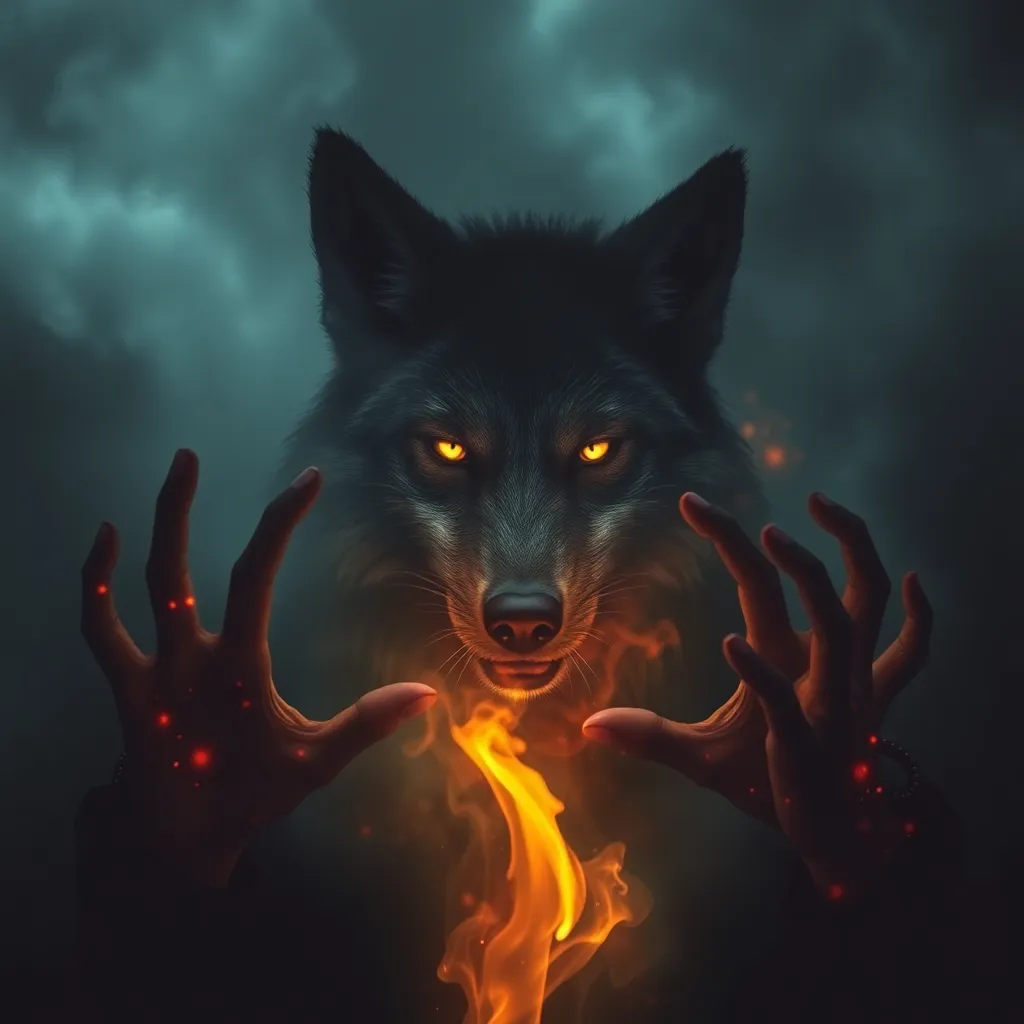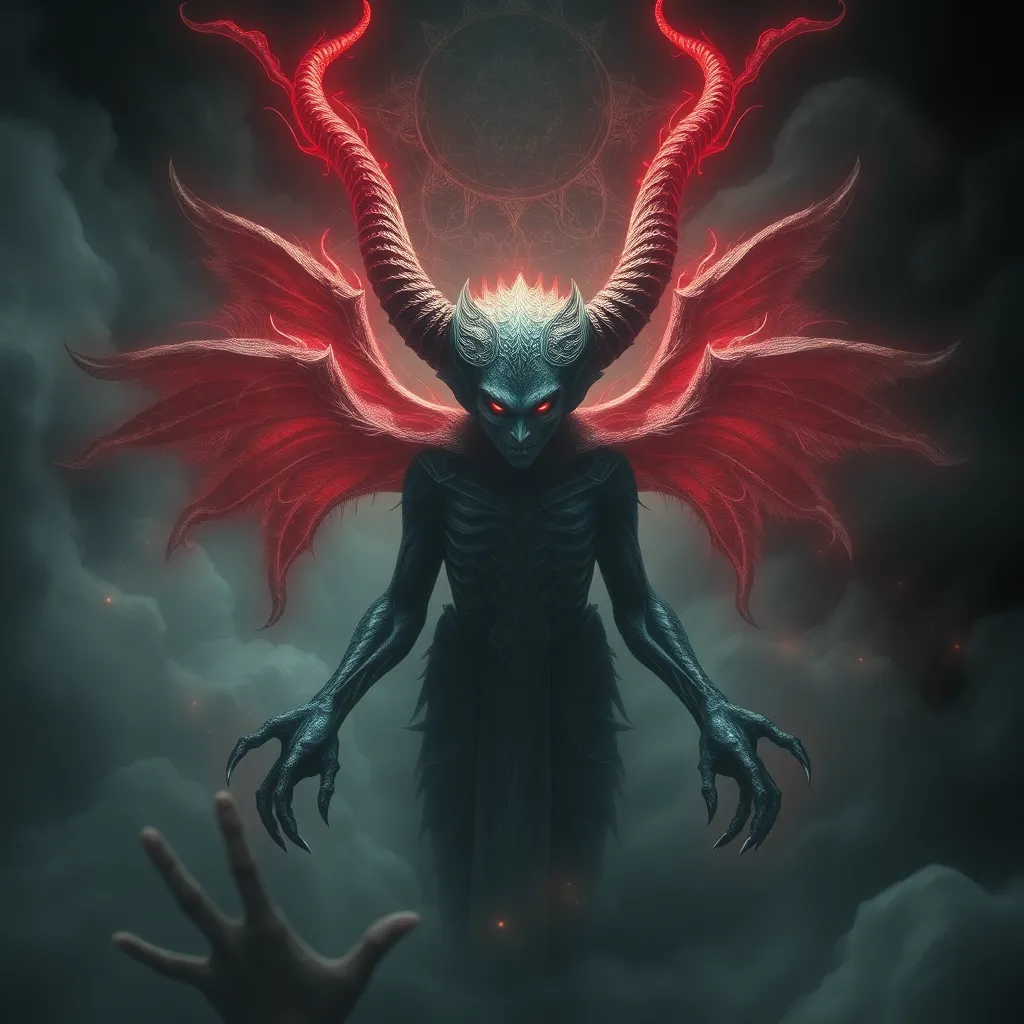The Unseen Hands of the West: The Vengeful Spirits of the Native American Coyote
I. Introduction
The coyote holds a pivotal place in Native American beliefs, regarded not only as a creature of the wild but also as a symbol rich with meaning and power. This article explores the coyote’s role within various Native American cultures, highlighting its significance and the multifaceted narratives that surround it.
The significance of the coyote transcends mere folklore; it embodies survival, adaptability, and complex moral lessons. Through the lens of the trickster archetype, the coyote is depicted both as a creator and a disruptor, reflecting the dual nature of existence. The purpose of this article is to delve into these themes, examining the coyote’s cultural, spiritual, and environmental impact.
II. The Coyote as a Trickster Figure
In the tapestry of Native American folklore, the coyote emerges as a prominent trickster figure. This role is characterized by cunning, wit, and a penchant for mischief, serving to teach important lessons about the human condition.
A. Role of the coyote in folklore and mythology
The coyote often appears in tales that illustrate the complexities of life. As a trickster, it challenges norms, subverts authority, and ultimately leads characters—and listeners—to self-discovery.
B. Characteristics of the trickster archetype
- Subversion of social norms
- Intelligence and resourcefulness
- A source of humor and chaos
C. Examples of coyote stories across different tribes
Many tribes have their own coyote stories, such as:
- The Navajo tale of the Coyote and the Fire, where the coyote’s cleverness brings fire to the people.
- The Lakota story of Coyote and the Sun, illustrating the coyote’s role in bringing light and warmth.
- Stories from the Hopi that highlight the coyote’s mischief and the lessons learned from its antics.
III. Symbolism of the Coyote in Native American Culture
The coyote is not just a trickster; it symbolizes survival and adaptability in a world filled with challenges. Its characteristics reflect deeper meanings that resonate across cultures.
A. The coyote as a symbol of survival and adaptability
In harsh environments, the coyote thrives. Its ability to adapt to various landscapes and food sources makes it a powerful symbol of resilience.
B. Associations with cunning, intelligence, and mischief
The coyote is often seen as a clever creature, embodying the qualities of intelligence and mischief, which can lead to both success and trouble.
C. The duality of the coyote: creator and destroyer
This dual nature is evident in many stories where the coyote creates life while also bringing chaos and destruction, reminding us of the balance in nature.
IV. Vengeful Spirits: The Darker Side of the Coyote
While the coyote is often celebrated for its cleverness, it also possesses a darker side, representing vengeance and misfortune in various narratives.
A. Legends of vengeance and retribution involving coyotes
In some tales, the coyote exacts revenge on those who wrong it, serving as a reminder of the consequences of one’s actions.
B. The coyote as a harbinger of bad luck or misfortune
Encountering a coyote or hearing its howl can be interpreted as an omen of ill fortune, reflecting the duality of its nature.
C. Cultural interpretations of coyote-induced chaos
Coyote-induced chaos often serves as a catalyst for change, teaching communities lessons about humility, respect, and the unpredictability of life.
V. The Coyote in Modern Native American Spirituality
The coyote’s symbolism persists in modern Native American spirituality, continuing to play a vital role in cultural practices and beliefs today.
A. Continuation of coyote symbolism in contemporary practices
Many Indigenous communities still honor the coyote’s teachings, incorporating its lessons into spiritual rituals and cultural events.
B. The role of coyotes in modern storytelling and art
Contemporary artists and storytellers draw upon coyote narratives, blending traditional themes with modern interpretations.
C. Coyote as a guide in spiritual journeys and healing
In many spiritual practices, the coyote is viewed as a guide, helping individuals navigate their paths and facilitating healing through its wisdom.
VI. Environmental and Cultural Impact on Coyote Populations
The relationship between Native American communities and coyotes is intricately linked to environmental changes and cultural perspectives.
A. Historical changes in coyote habitats and populations
Over the years, habitat loss and changes in land use have altered coyote populations, impacting their role in the ecosystem.
B. The relationship between Native American communities and coyotes
Native American communities traditionally viewed coyotes with respect, recognizing their role in the ecosystem and their cultural significance.
C. Conservation efforts and the coyote’s role in ecosystems
Modern conservation efforts aim to protect coyote habitats, acknowledging their importance in maintaining ecological balance.
VII. The Coyote in Popular Culture
The coyote’s influence extends beyond Indigenous narratives into popular culture, where it is often misrepresented or oversimplified.
A. Representation of coyotes in literature, film, and art
Coyotes appear in various forms of media, often depicted as cunning or mischievous characters, sometimes lacking the depth of their Native American roots.
B. Misinterpretations and stereotypes of the coyote figure
Popular culture frequently perpetuates stereotypes that strip the coyote of its cultural significance, reducing it to a mere caricature.
C. Influence of Native American stories on popular media
Despite misrepresentations, the rich narratives surrounding the coyote have influenced a wide range of artistic expressions and narratives in mainstream media.
VIII. Conclusion
The coyote plays a multifaceted role in Native American culture, embodying themes of survival, adaptability, and the complexity of existence. Its narratives continue to resonate, emphasizing the importance of understanding and preserving these stories.
As we reflect on the coyote’s significance, we recognize the necessity of respecting and valuing its role as a cultural symbol. By acknowledging the coyote’s rich heritage, we honor the wisdom of Native American traditions and the lessons they impart.




